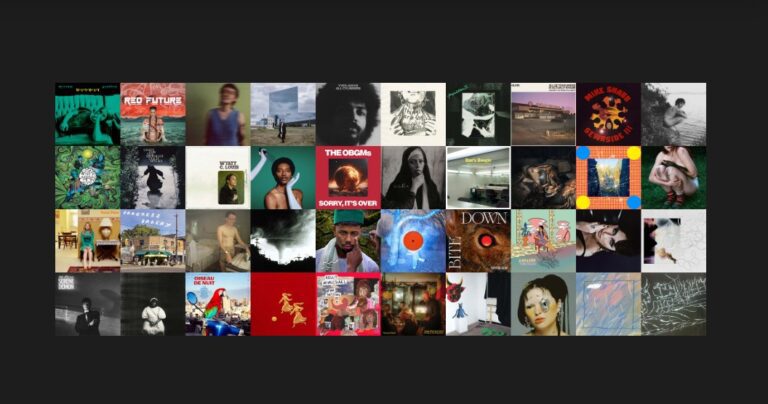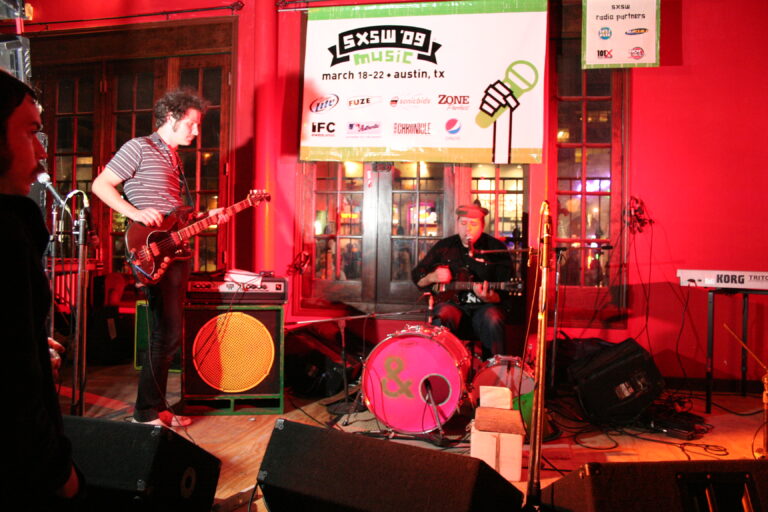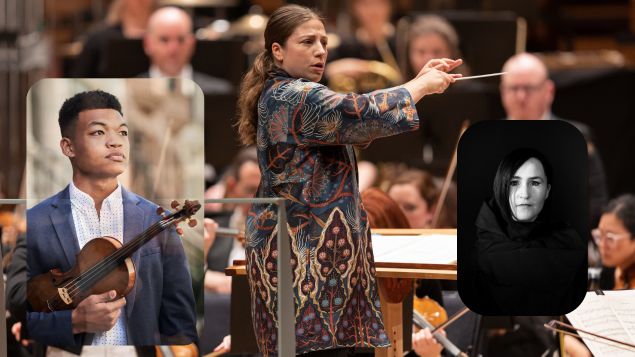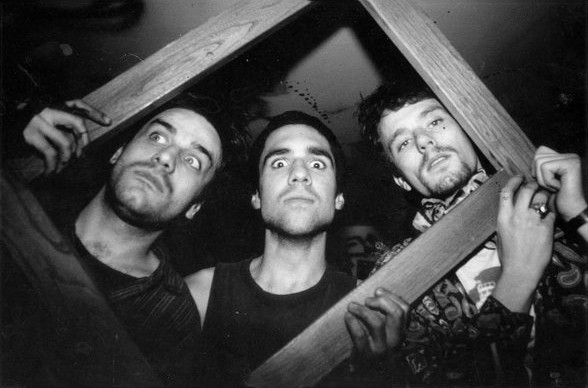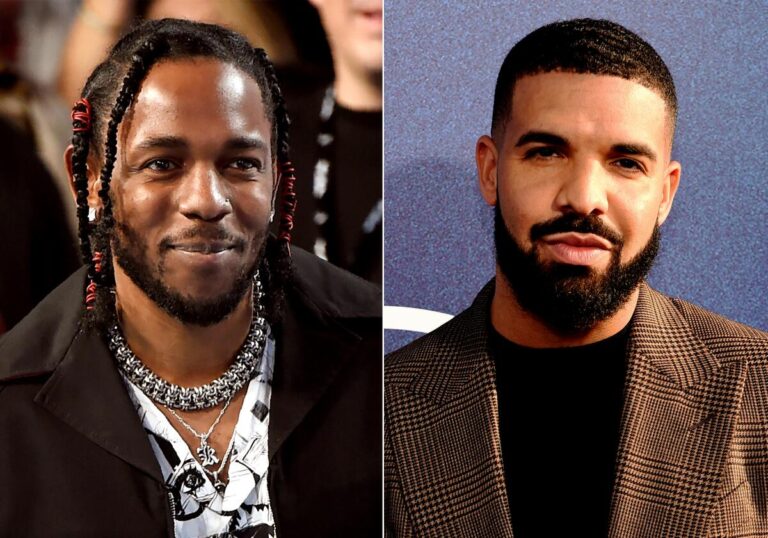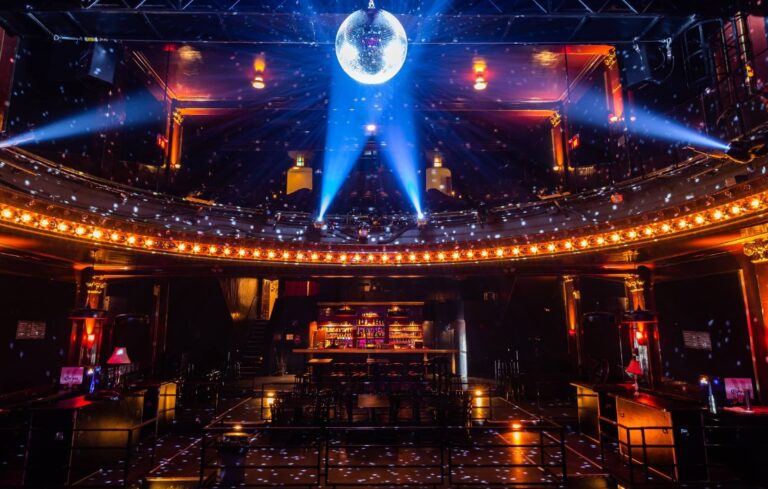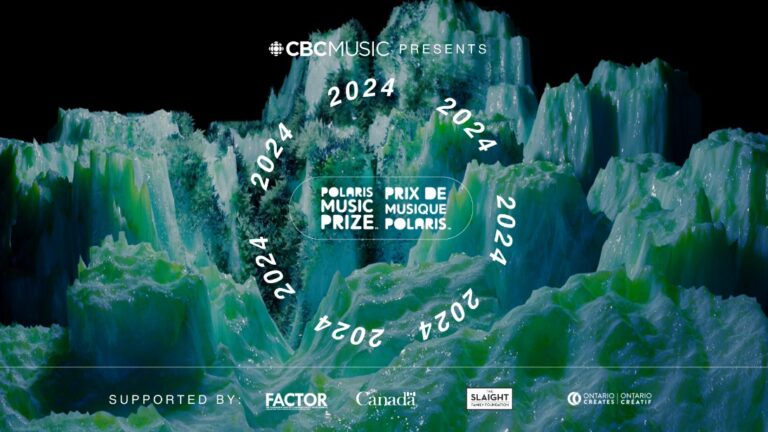This is not a music concert review. Rather, it’s a commentary on a music concert review that appeared in Le Devoir on Thursday 23 January. So, what’s the point? Well, not to go back over the aesthetic appreciations, or not, of my eminent colleague (Christophe Huss, to name him), but rather over the underlying message that accompanied his text.
Mr Huss commented on the Orchestre symphonique de Montréal (OSM)’s Bruch’s Unforgettable Violin Concerto (so titled) concert, featuring Black american violinist Randall Goosby, Ukrainian conductor Dalia Stasevska, and also music by Bruch, Dvořák, Florence Price and contemporary Icelandic Anna Thorvaldsdottir. The critic didn’t like Thorvaldsdottir’s Archora score. So be it. Nor did he have kind words for the performance by the young violinist Goosby. Fair enough. That’s up to him as a critic, and Mr Huss goes a long way towards explaining the musical and analytical reasons for his subjective diagnosis. My aim here is not to question his opinions on the matter. I disagree with some of his observations and agree with others.
In all transparency, I’ll say this: I love Thorvaldsdottir’s music. Although Archora suffers from being a bit lengthy, I heard in it a very fine narrative discourse, supported by long, sustained waves of strings and brass over which interesting textural sonorities simmer or appear spontaneously, in an overall expressive and dramatic framework that plunges the listener into a kind of deep, dark oceanic abyss. One imagines oneself floating in enveloping eddies, regularly bitten by some invisible creatures. The final ascent towards a discreet but beneficial light reassures and soothes. A fine piece of contemporary music in today’s style, halfway between academic art music and film music.
Mr Goosby’s performance also seemed to me to be appreciable. Not the most luminous reading of Bruch’s Violin Concerto No. 1 in G minor, Op. 26, I agree, but through a sober, even cautious interpretation, I was pleased to notice several fine expressive outbursts and a fine, very precise technique. Of course, I also recognise that I heard Mr Goosby on Thursday evening, and Mr Huss heard him on Wednesday. Improvements may have been made in 24 hours.
But all that is secondary. Mr Huss has his sensitivities, I have mine, which is normal and even necessary. The problem with my colleague’s text lies elsewhere.
Misleading amalgams, dubious innuendo.
What I found objectionable, not to say detestable, in Mr Huss’s article were the amalgams that I would describe as outright opportunistic, he allowed himself to make with the subject of ‘diversity’ in symphonic programming. I won’t rewrite his paragraphs, but the gist of the implication is that the woman Thorvaldsdottir’s music and the black Goosby were there because the OSM has fallen into the ‘ideology’ of diversity (or EDI) rather than remaining faithful to artistic purity. What’s more, the neighbouring Orchestre Métropolitain (OM) here in Montreal is paying the price today (reference to concert cancellations announced earlier this week) so the OSM should take note, or so insinuated Mr Huss.
Allow me to add a few caveats to this well-worn score, thank you.
It says in the text by my colleague that Randall Goosby ‘suddenly burst onto the scene in October 2020, at the age of 24, as Decca’s new violinist, having previously flown under the radar’. Without being the Queen Elizabeth Prize in terms of recognition, far from it, let’s just say that the young man played with a symphony orchestra at the age of nine (Jacksonville) and 13 (New York Phil, a Young People concert) and that he received an Avery Fisher Grant in 2022 (after his Decca contract, yes). He was also permitted to use a Stradivarius by the Samsung Foundation. If you look for other reviews of his concerts elsewhere on the web, you’ll find very positive reviews and reports of very happy and impressed audiences. It’s not confirmation of inherent genius, but I don’t see any blatant fakery either.
Mr Huss adds: ‘We didn’t perceive from the Decca records that Goosby was a prodigy or a violin genius. The records didn’t fool us‘’. Perhaps because the repertoire chosen by the artist (and the record company) made room for marginal music, that the artist plays very well? His first album, Roots, was devoted to pieces by Black American composers, which are not well known and therefore less open to comparison by the priests and guardians of the classical repertoire Temple. His second album focused on the music of Joseph Boulogne, an exceptionally talented black composer and individual, almost exactly contemporary with Mozart. Here again, the repertoire is probably still ‘insignificant’ for some conservative purists, but it is nonetheless well-crafted, and in any case no less so than that of many other white European composers such as Vanhal, Cannabich or Reinecke.
Randall Goosby is absolutely right to explore these areas of Western art music, which remain neglected for reasons of exclusivism and long-standing haughty contempt. Bach, Mozart, Beethoven, Brahms, Mahler remain at the top of the pile, but broadening the perspective does good and stimulates our aesthetic emotions with music that has deep roots and powerful meaning, as well as simply being good.
For almost two centuries, no Baroque music was played. We had to insist on rediscovering some gems, but also some ‘average’ material that is still extremely enjoyable to listen to, again and again.
In short, nothing in what I’ve just said makes Randall Goosby a musical genius of unbelievable originality that my colleague just didn’t recognise, but nothing either, nothing at all, leads one to think that his skin colour alone earned him a record contract and professional engagements.
Who’s being ideological, really?
There have been loads of ‘ordinary’ performers, hired by all the orchestras over the decades. For a long time, they were all white Westerners, or almost. In other words, either their skin colour mattered, and the current pendulum has swung back in a balancing act (confirming at the same time the long-denounced existence of ‘white privilege’ and ‘systemic racism’), or it didn’t, and so the hiring of average performers (I am NOT saying Mr Goosby is average, but am using the word for the sake of argument!) has never been a question of ‘ideology’, but rather an inevitable practice in view of the phenomenal number of concerts to be given all over the world.
In the final analysis, Mr Huss’s suggestions of some kind of ideological drift to explain the presence of a performer like Randall Goosby are ill-advised, even greatly exaggerated, outright wrong and above all unsupported by tangible evidence.
I could use the same argumentative structures to arrive at the same conclusions regarding the presence of a score by Ms Thorvaldsdottir. I will also note the irony that Mr Huss liked the conductor, Dalia Stasevska, a woman. If there was any ideology behind this concert, he’ll have to admit that it got it right in this case. Mmmmm…
But I’ll end this section here to pick up on a second point in the Devoir article: the explanation of the Orchestre Métropolitain’s setbacks by, once again, the ‘ideology’ of diversity.
Concert cancellations = diversity in programming’s fault? Wait a minute…
Mr Huss catches the ball like an Ozzie Smith-era baseball shortstop. For him, the cancellation of two Orchestre Métropolitain concerts announced recently is like a gift from ‘Rudolph the Red-Nosed Reindeer’, which just goes to show how quickly he seized on it, as well as the opportunistic, but not so thoughtful, bias of the argument.
The Orchestre Métropolitain (OM) conducted by Yannick Nézet-Séguin announced the cancellation of the Amour fatal and Fiesta latina concerts a few days ago. In the first, music by Saint-Saëns, Bizet, Strauss… and a single, fairly short track by the French female Romantic Mel Bonis. In the second, Latin music. Gershwin, Bernstein (West Side Story) and the generally popular pianist Gabriela Montero. Does the ‘diversity’ of these concerts explain their cancellation? Was it a lack of ticket sales, or were the wider economic difficulties (which Mr Huss mentions, in his defence) forcing these cuts without necessarily blaming ‘diversity’? In my opinion, there is far too much vagueness to jump to conclusions that denounce the hold of an ‘ideology’, but do so in a way that could not be more… ‘ideological’!
In addition, the concerts that were not cancelled included works by Julia Adolphe (unknown to me), Emilie Mayer and Barbara Assiginaak. It’s true that they are surrounded by repertoire stalwarts by Mozart, Schubert and Tchaikovsky. But is that enough to prove a point?
Mr Huss hints at a case of ‘backlash’. The public, he says, are turning their backs on OM for its ‘ostentatious diversity’ in recent seasons. Yeah, well. Maybe?
But at Pan M 360 we’ve realised that there may be other reasons for the problem. For example: the productions of the GFN group, including the Orchestre FILMharmonique (the ultra-popular film-concerts), the Chœur des Mélomanes and other very varied, eclectic offerings, or those in the Candlelight series, are not only a great popular success but seem to be convincing some of the new audience that the OM (and the OSM) won over to migrate to them. This audience is also more ‘diversified’. Why are they moving elsewhere? We’d have to analyse that in depth. But we doubt that a strict return to programming based essentially on the same 30 or 40 absolute masterpieces, which we love dearly but which go round and round in cycles of 5 to 10 years, will bring them back.
According to our observations, a diverse and apparently loyal audience also turns up at events organised by the Obiora ensemble, which is made up of musicians of ‘diversity’, the first and only of its kind in Canada, here in Montreal. So is there really a problem with unconventional programmes? Clearly not for everyone.
OM’s financial problems may also be explained by targeted investment choices, which can be a major burden on the organisation’s finances but are not linked to diversity at all. The forthcoming European tour will be expensive, for one. Some benefit evenings, grandiose and probably expensive, also reduce the margin of income from them, for another. And so on. My aim is not to tell the OM how to run its business, but rather to demonstrate that the problem can hardly be attributed solely to the programming of recent years and the presence in it of women, blacks, Aboriginals or anyone who doesn’t look like Bruckner, Schubert or pianist Wilhelm Kempff. It is a largely multi faceted problem and Mr Huss clearly hasn’t taken the time to look into the matter properly.
Far from being a fad, diversity is an irreversible movement
At PanM 360, we are aware that the classical music world is currently making efforts to include more ‘diversity’ in its programmes (composers, performers, musical styles visited by new works, etc.). These efforts are aimed at exploring a wider part of the human, artistic and intellectual experience that is scholarly musical creation. A part that more faithfully reflects the vastness of its individual variations. Sometimes the results are not convincing. Sometimes, quite. We do not deny the need for adjustments in the programming exercise. But we do not endorse simplistic deductions that conclude with an automatic equation associating ‘inferior quality’ with genre or ethno-cultural origin in classical music. We have heard enough concerts to know that mediocrity comes in all colours and origins, and has done so for much longer than the advent of a so-called ‘ideology’ on diversity.
Nor do we see how diversity as a principle explains the financial woes of certain institutions. Rather, we see a growing need and a potential audience ‘to work with’ more effectively and convincingly. A need that will not disappear, since the traditional demography of the West is undergoing a rapid metamorphosis in ethno-cultural terms. As for half of the traditional population of the West, the women, they will not soon return to a contemplative anonymity in the shadow of the other half. No traditional masterpiece is under threat. There is plenty of space for everyone.
Diversity is a reality. We need to recognise it and embrace its possibilities. What methods can we use to play in harmony with it, without neglecting the historical peaks of human expression? What do we do with it, how, why, for whom? The debate is open, and should be. But its very principle cannot simply be called into question, still less be described as a ‘fad’. Everyone must be invited to the discussion. It must not be left in the hands of a few people who seem, at first sight, to have already reached a scornful and condescending conclusion.
In so doing, Mr Huss has unfortunately confirmed another distressing cliché in the minds of certain angry ‘wokes’: that of the evil middle-aged white man, incapable of conceiving the world outside his own privileges, acquired and enjoyed without restraint over the last few centuries.
Source :
https://www.ledevoir.com/culture/musique/835483/critique-concert-fantasia-declin-empire-symphonique








